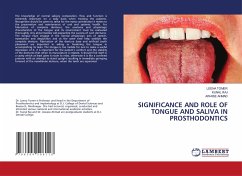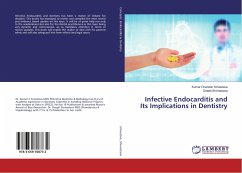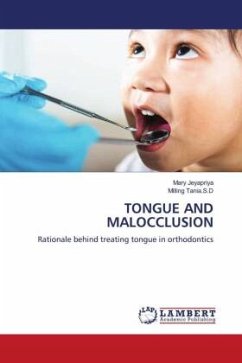
Tongue, Taste Buds and Their Clinical Implications
Versandkostenfrei!
Versandfertig in 6-10 Tagen
29,99 €
inkl. MwSt.

PAYBACK Punkte
15 °P sammeln!
The word 'tongue' is derived from the old English 'tunge' and this spelling was used as late as the sixteenth century. The tongue, in layman's terms, is a metonym for language, as this can be observed in many languages that, tongue and language have the same word. Also, various expressions related to the word tongue are most common in the literature. For example, 'tip of the tongue', 'tongue in the cheek' or 'a tongue twister', being a few of them. Many cultures also have the long ongoing custom of tongue piercing and splitting.Historically, Hippocrates and others considered tongue to be 'baro...
The word 'tongue' is derived from the old English 'tunge' and this spelling was used as late as the sixteenth century. The tongue, in layman's terms, is a metonym for language, as this can be observed in many languages that, tongue and language have the same word. Also, various expressions related to the word tongue are most common in the literature. For example, 'tip of the tongue', 'tongue in the cheek' or 'a tongue twister', being a few of them. Many cultures also have the long ongoing custom of tongue piercing and splitting.Historically, Hippocrates and others considered tongue to be 'barometer' of health and emphasized it's diagnostic and prognostic importance. Assessment of the tongue has historically been an important part of a medical examination and is called as the 'mirror of the health'.The tongue, however small muscular structure it may be plays a very important part of the oral cavity, as well as the digestive system as a whole. Various functions such as speech (phonetics), mastication, taste and swallowing are carried out by such a small structure.It forms the part of the floor of the oral cavity and part of the anterior part of the pharynx.












